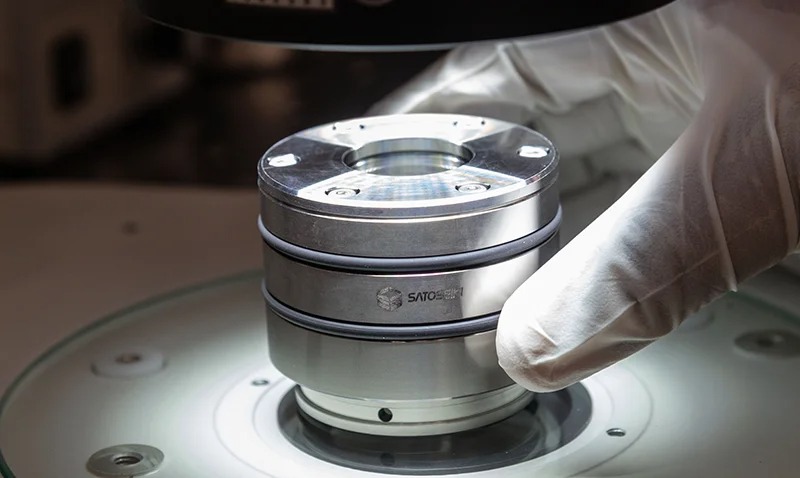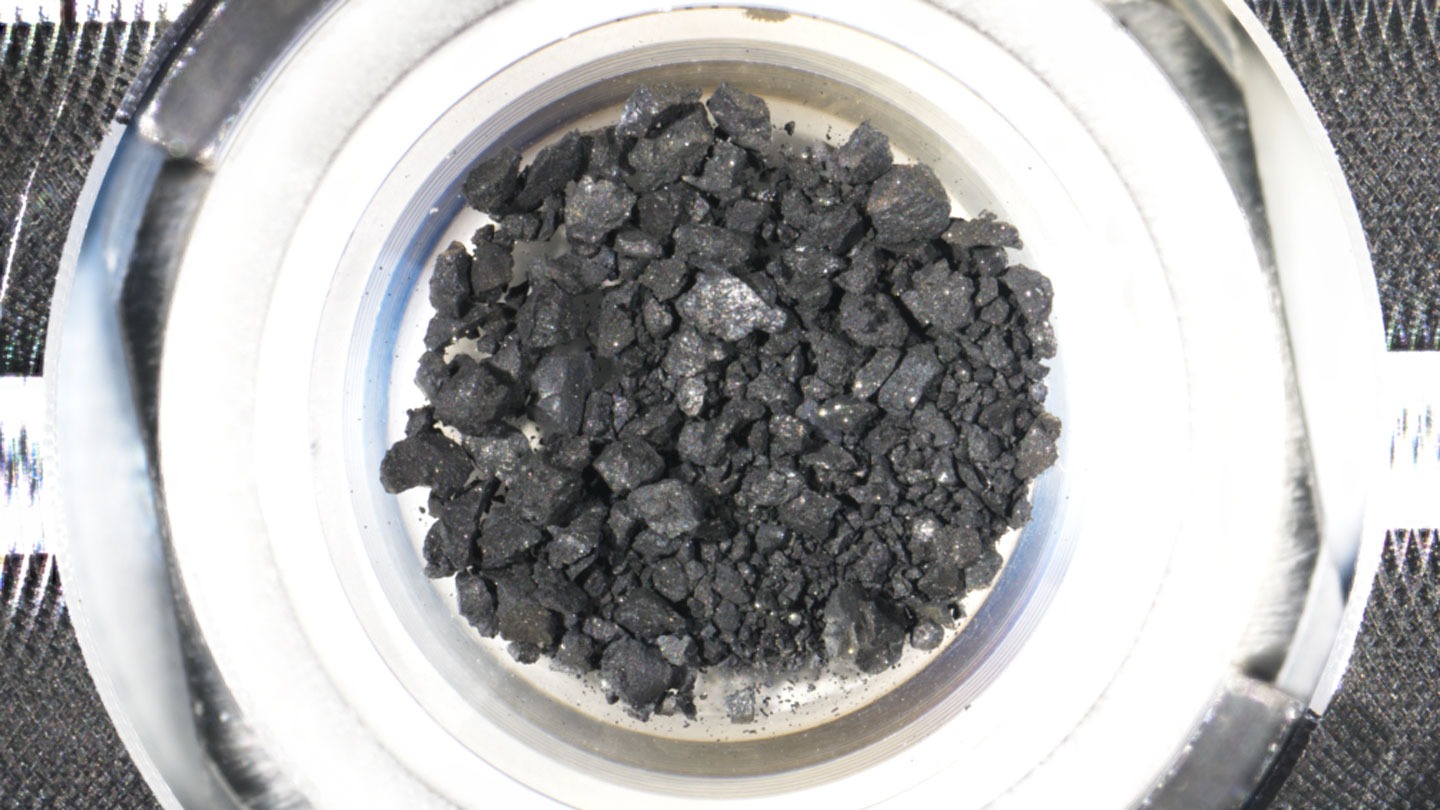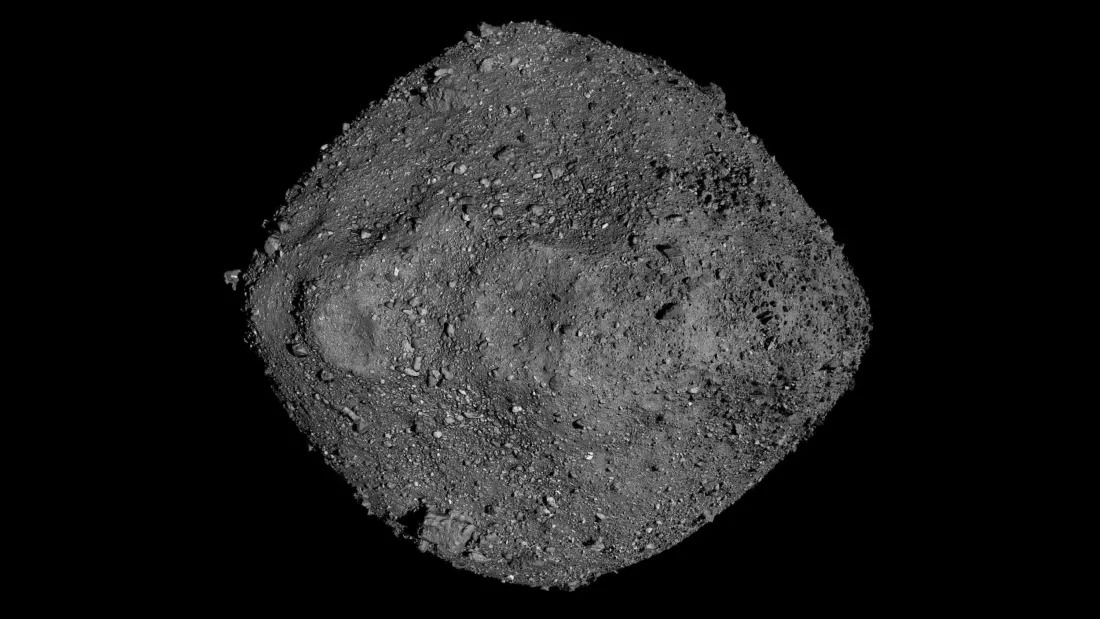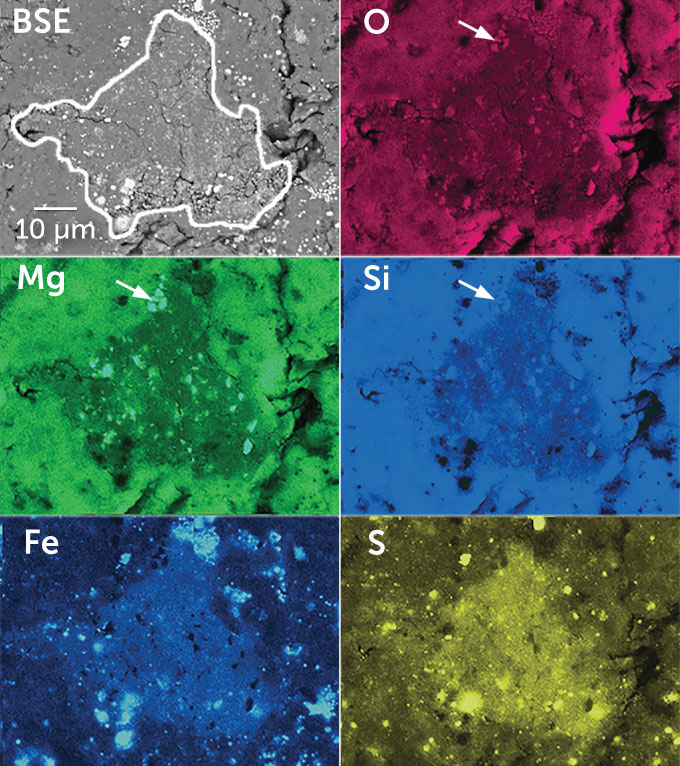The samples of the Ryugu asteroid contain pieces of stardust that preceded the birth of our Solar System. The fragments of Ryugu material captured by the Japanese Hayabusa-2 spacecraft seem to originate from the frozen surroundings of the Solar System, and not from the asteroid. This is reported by the journal Science Advances. This alien stellar ash may shed light on the history of the Solar System.

“The find’s showing us a new type of material, but also telling us about the dynamics of material from the outer solar system,” says chemist Ann Nguyen from NASA’s Johnson Space Center in Houston.
Visit with a trophy
The Hayabusa-2 spacecraft visited the asteroid in 2018 and 2019. After conducting research, the spacecraft returned to Earth in 2020 with 5.4 g of space rock. Scientists have studied these samples in the laboratory in a way that is impossible to do with telescopes or even spacecraft, for example, to obtain detailed measurements of chemical composition.

Studies have shown that Ryugu is rich in carbon. That is, it is made of the same material as some of the rarest meteorites found on Earth. Scientists believed that Ryugu was formed from the debris of a larger asteroid, which disintegrated during the collision and again turned into a loose pile of debris.
Hunting for delicate grains inside Ryugu
However, Ann Nguyen was looking for something else. “My focus of research is presolar grains,” tiny specks of material that formed from the ashes of dying stars. I was on the hunt for them,” Nguyen explains the purpose of her research.

These delicate grains contain other isotopes — atoms of elements that have a different number of neutrons than those formed on the Sun, which gives away their alien origin. Nguyen and her colleagues examined two Ryugu samples, each measuring less than a millimeter. Then they selected tiny fragments of rock, 50 to 200 micrometers wide, which stood out from the rest of the asteroid samples.
Foreign composition
Using scanning electron microscopes and other imaging techniques, Nguyen and her colleagues found that two tiny grains of rock were chemically different from the rest of Ryugu: they had lower oxygen, magnesium and silicon content, as well as greater amounts of iron and sulfur. These fragments also have a much higher concentration of pre-solar dust than the rest of the material from the asteroid. Dust particles contain silicon carbide, which is easily destroyed by water, as well as a large amount of organic substances.

This means that the dust could not be part of the mother body of Ryugu, which had undergone significant changes under the influence of water. Researchers believe the dust settled from a passing comet that formed in the outer Kuiper belt of the Solar System, where conditions were cool and dry. This dust fell on the debris from which Ryugu was formed after the destruction of the original asteroid.
These tiny foreign particles are perhaps even more valuable than the asteroid. They can reveal what the ingredients that formed the Solar System consisted of.
Earlier we reported on how “molecules of life” were found in samples from the Ryugu asteroid.
According to sciencenews.org
Follow us on Twitter to get the most interesting space news in time
https://twitter.com/ust_magazine
